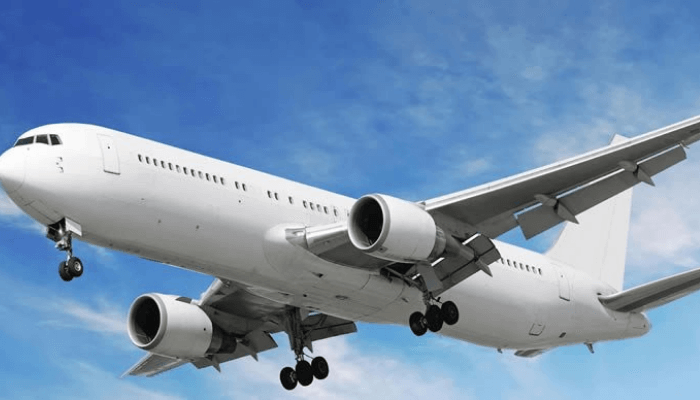In today's fast-paced world, where time is of the essence, air transport has emerged as the undisputed champion in terms of speed and efficiency. Whether it's delivering goods across continents or whisking travelers to far-flung destinations, air transport has revolutionized the way we connect and conduct business globally. In this blog post, we will delve into the reasons why air transport is the fastest mode of transportation, exploring its unique features, technological advancements, and the impact it has on various industries.
- The Power of Speed:
Air transport's unparalleled speed is its defining characteristic. With aircraft capable of reaching speeds of over 600 miles per hour, it outpaces all other modes of transportation. This speed advantage is particularly crucial for time-sensitive industries such as e-commerce, medical supplies, and perishable goods. Air transport ensures that products reach their destinations swiftly, minimizing delays and maximizing efficiency. - Global Connectivity:
Air transport has transformed the world into a global village, connecting people and businesses across continents. Unlike other modes of transportation, air travel offers direct flights to even the most remote destinations, eliminating the need for multiple transfers and reducing travel time significantly. This connectivity has opened up new opportunities for trade, tourism, and cultural exchange, fostering economic growth and globalization. - Technological Advancements:
The continuous advancements in aircraft technology have further propelled air transport's speed and efficiency. From supersonic jets to fuel-efficient engines, innovation has played a pivotal role in enhancing the performance of aircraft. The introduction of larger cargo planes and the utilization of advanced logistics systems have revolutionized the transportation of goods, enabling faster and more reliable deliveries. - Time-Sensitive Industries:
Industries that rely on time-sensitive deliveries, such as the medical and pharmaceutical sectors, greatly benefit from air transport. The ability to transport organs, vaccines, and other critical medical supplies quickly and safely has saved countless lives. Additionally, industries like fashion and electronics depend on air transport to meet consumer demands promptly, ensuring that the latest trends and technological innovations reach the market swiftly. - Emergency Response and Humanitarian Aid:
During times of crisis and natural disasters, air transport plays a vital role in delivering emergency response teams and humanitarian aid to affected areas. The speed and reach of air transport enable rapid deployment of resources, helping to save lives and alleviate suffering. Whether it's delivering medical personnel, relief supplies, or search and rescue teams, air transport is an indispensable tool in times of need.
Conclusion:
In a world where time is money, air transport stands as the epitome of speed and efficiency. Its ability to connect people, deliver goods swiftly, and respond to emergencies has transformed industries and saved lives. As technology continues to advance, the future of air transport holds even greater promise, with the potential for supersonic travel and sustainable aviation. So, the next time you marvel at an airplane soaring through the sky, remember the incredible power it holds in shaping our interconnected world.
About Author
You may also like
-
Electric ATV Vehicle for Adults Redefining Personal Off-Road Mobility
-
Global Solutions for International Container Door to Door Shipping
-
Exploring the 306 hp Version of the Audi Q5 e-tron: Performance Meets Practicality
-
Why Businesses Are Investing in Customized Warehousing and Distribution Solutions
-
FBA Forwarding Services Explained: Shipping, Customs, Warehousing & Compliance Tips

